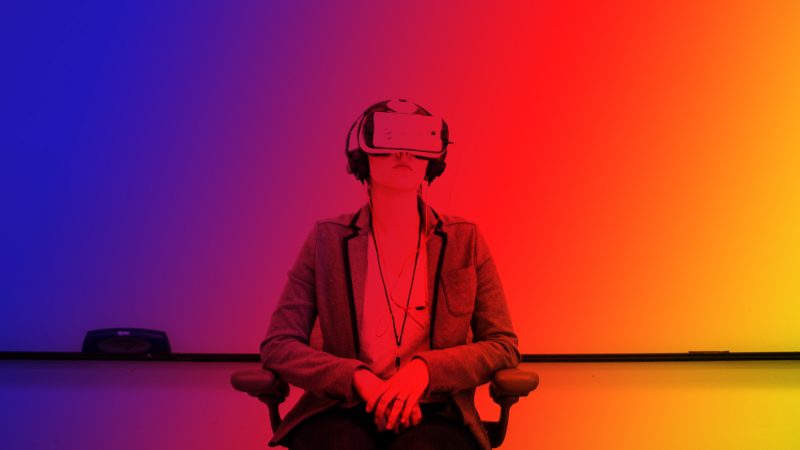
by Jason Shaw
Republished from Ladders, January 20, 2018
In recent years, the proliferation of BYOD — or “bring your own device” — has emerged as a major trend in the work landscape. Be it laptops, smartphones, or tablets, many employees are now able to collaborate from the comfort of their own devices.
I’ve seen this trend make meetings more effective and perhaps even enjoyable. Here’s how the BYOD landscape will continue to change the way meetings are viewed and conducted over the next decade, and how it could affect your company’s meeting culture.
Getting real-time information will eliminate unnecessary meetings
Because updates and information pertaining to meetings can now be updated in real time, unnecessary meetings will become a thing of the past. If your team’s to-do list for the day has already been laid out on a task or project management software like Asana or Trello, you can easily send that information to the rest of your team on your mobile device and avoid a meeting altogether.
Additionally, BYOD’s value isn’t limited to meeting reduction: You can even use your own device to eliminate any information that may no longer be relevant to an upcoming meeting. For example, if there was a meeting to discuss your company’s overall marketing spend and the marketing manager sent out a Slack message explaining the budget, you’d no longer need to discuss those expenditures in a meeting. The marketing manager can update the meeting agenda on his or her device and send the refined agenda out to the team.
Virtual meetings will grow
It should come as no surprise that virtual meetings have been on the rise, especially as companies make flexibility a priority and physical locations have become less critical. The sheer number of avenues to conduct a virtual meeting have grown exponentially since 2000, not just via Skype: Google Hangouts, GoToMeeting, UberConference, JoinMe, WebEx, FaceTime and, most recently, Slack’s call feature are all viable options. Coupled with the fact that more people will be doing more remote work in upcoming years, you can easily see how virtual meetings will continue to be an important factor in the workforce.
We may also need to reconsider how meeting notes are taken and action items are delegated. Even if everyone isn’t physically present, the information can live in cloud-based applications and be accessed anywhere, anytime.
Meetings will become shorter
With this influx of devices and variety of ways to instantly communicate from anywhere, meetings will inherently become shorter. There will be no need for meetings to last hours because most topics will be discussed with a short message in Slack, commented on in Quip or Google Docs, or assigned as a project or task in Asana or Trello — as mentioned above, collaboration and productivity platforms will eliminate unnecessary information.
Therefore, meetings should ideally become much more concise (even those covering important information) because only information that is absolutely necessary to discuss will be addressed.
Meetings will become more transparent
Given the shift towards teams working on cloud-based, collaborative platforms, meetings will become more open due to BYOD’s inclusive environment. Think of all of the information currently being collected, shared and documented on all employees’ own devices over a plethora of software applications. Now, apply all that collected information to today’s collaborative workforce, including meetings. For example, meeting notes and information will be shared not only with members who attended a meeting, but also with other relevant team members who are integral to the project.
As a result, the ability for any team member to be able to open up their own device and go back and review notes from a past meeting will become much more prevalent, rather than having to use a work computer and/or retrieve the information from, say, upper management. This will enable them to work wherever, whenever, at their own convenience, helping them achieve an optimized workflow that is much more transparent and free-flowing.
